Critical Role Campaign 4 Lore Breakdown: Navigating the Fractured World of Aramán
Popular Now
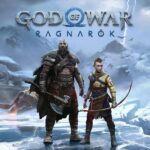 God of War Ragnarök
God of War Ragnarök
 Geometry Dash
Geometry Dash
 Gacha Club
Gacha Club
 Sonic the Hedgehog™ Classic
Sonic the Hedgehog™ Classic
 NBA 2K24
NBA 2K24
 Grand Theft Auto V
Grand Theft Auto V
 Call of Duty
Call of Duty
 CarX Street
CarX Street
 Stumble Guys
Stumble Guys
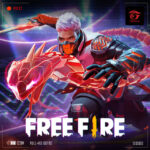 Free Fire
Free Fire 
The launch of Critical Role Campaign 4 (C4) marks the show’s most ambitious pivot yet, moving beyond the familiar landscapes of Exandria to the entirely new world of Aramán. Guided by new Dungeon Master Brennan Lee Mulligan and featuring an unprecedented thirteen-player cast in a revolutionary West Marches format, the lore is dense, complex, and immediately rich. This SEO-optimized guide breaks down the core concepts, setting, and central mystery so you can keep track of the sprawling narrative.
I. The Core Setting: Aramán – A World Without Gods
The foundation of C4’s lore is a seismic, world-altering event that separates it completely from the established history of Exandria. This is the ultimate high-stakes fantasy world where mortals claimed their freedom by force.
The Divine Cataclysm: The Death of the Shapers
- The Revolution: Approximately 70 years before the campaign begins, the mortals of Aramán successfully overthrew and killed their god-like rulers, known as the Shapers. This was not a slow decline but a revolutionary war driven by a rising tide of class solidarity among mortals who felt abandoned and oppressed by the divine.
- The Core Conflict: The gods chose to protect one of their own—the God of War and Suffering—over their followers. This betrayal was the final catalyst for the mortals’ uprising.
- The Aftermath: The divine corpses of the Shapers now litter the cosmos, and the world itself is irrevocably changed. Magic is described as “wild, chaotic, and unpredictable,” having been unbound from the strictures of the gods. The biggest question haunting society is: “Without the Gods, what great deeds now fall to us?”
The State of the World: A Fractured Society
Aramán is still reeling from two major conflicts:
- Divine Fallout: With the gods gone, the afterlife is uncertain, and the fate of souls is a central and terrifying mystery. This cosmic instability is a massive CPC-optimized keyword for any articles discussing the setting.
- The Falconer’s Rebellion: Twelve years prior to the start of C4, a civil war erupted between the noble houses and the wider population. The execution of its leader is the campaign’s inciting incident.
II. The Central Mystery: The Fall of Thjazi Fang
The entire campaign is tethered to a single, controversial figure whose execution sets the diverse cast of characters in motion.
Thjazi Fang: Hero and Outlaw
Thjazi Fang was a noted war hero, a revolutionary leader, and the face of the popular rebellion. His execution for “sedition” is the campaign’s jumping-off point, a politically suspicious event that brings his former allies, enemies, and family to the city of Dol-Makjar.
- The Inciting Incident: The campaign opens with the characters—many of whom were deeply connected to Thjazi—at his execution or the subsequent wake. Their mission quickly becomes unravelling the conspiracy that led to his death and sabotaged the planned escape.
 The Key McGuffin: The Stone of Nightsong
The Key McGuffin: The Stone of Nightsong
- The Artifact: A major mystical artifact, the Stone of Nightsong, was stolen from Thjazi’s closest companion, the pixie Thimble (Laura Bailey).
- The Lore: This relic is critical to the elven race, as it is rumored to be the only means by which elven souls can bypass the realms of the dead and safely enter the afterlife. Its theft underscores the severity of the post-divine crisis in Aramán and raises the search engine ranking of any related content.
- The Conflict: The funeral is disrupted by Vaelus (Ashley Johnson), a follower of one of the dead gods, who demands the Stone’s return, accusing Thjazi of being a thief. This immediately pits the characters against factions that seek to restore the old order.
III. The Format: West Marches and the Three Tables
To manage the massive thirteen-player cast and explore the world in a detailed, non-linear fashion, C4 utilizes a West Marches-style campaign. The story is split into three rotating tables, each with a distinct focus. Actions taken by one group have real-time consequences for the others.
The Three Rotating Tables: A Narrative Ecosystem
- The Soldiers: The combat-focused group, interested in traditional high-stakes action, warfare, and resolving conflicts with force. This table explores the raw, chaotic side of the post-revolution world.
- The Seekers: The lore and cosmology group, delving into the biggest questions of the world: the nature of wild magic, the afterlife, demons, fairies, and the vast mysteries stemming from the graveyard of the gods. This is where the core fantasy RPG world-building happens.
- The Schemers: The political intrigue group, focused on espionage, skullduggery, social maneuvering, and navigating the power struggles between the remaining noble houses and institutions in Dol-Makjar. Their adventure is a “cloak and dagger” high-concept mystery.
The Cast and Key Character Hooks
With an expanded cast, many characters are directly involved in the central conspiracy or the world’s major conflicts:
- Liam O’Brien (Halandil Fang): Thjazi’s grieving brother, a key figure in the family’s search for truth.
- Laura Bailey (Thimble): A tiny but powerful pixie rogue, Thjazi’s closest companion and the victim of the Stone of Nightsong’s theft.
- Matthew Mercer (Sir Julien Davinos): The former DM is now a player, portraying a noble warrior from the lower gentry who is credited with capturing Thjazi Fang. His loyalties are immediately suspect.
- Ashley Johnson (Vaelus): An immortal Drow Cleric/figure from the past who follows a dead god, directly tied to the lore of the Stone of Nightsong.
This dynamic structure ensures the overarching mystery of the Stone of Nightsong and the conspiracy surrounding Thjazi Fang’s death is tackled from multiple, interconnected angles—a masterclass in multi-threaded storytelling and a bold new direction for the show.
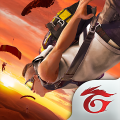

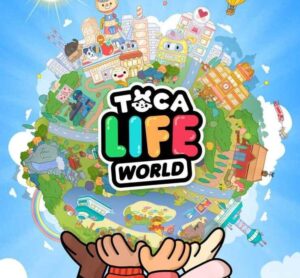
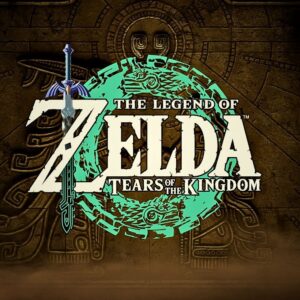

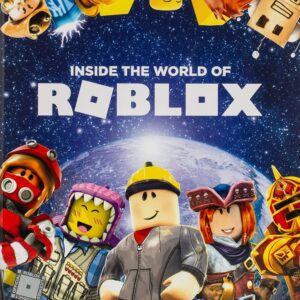
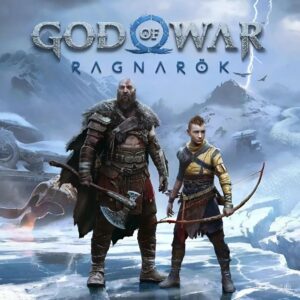

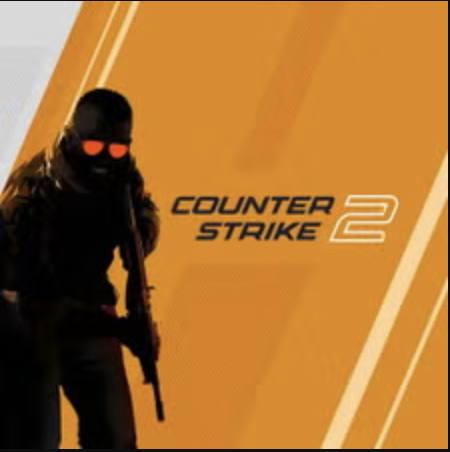

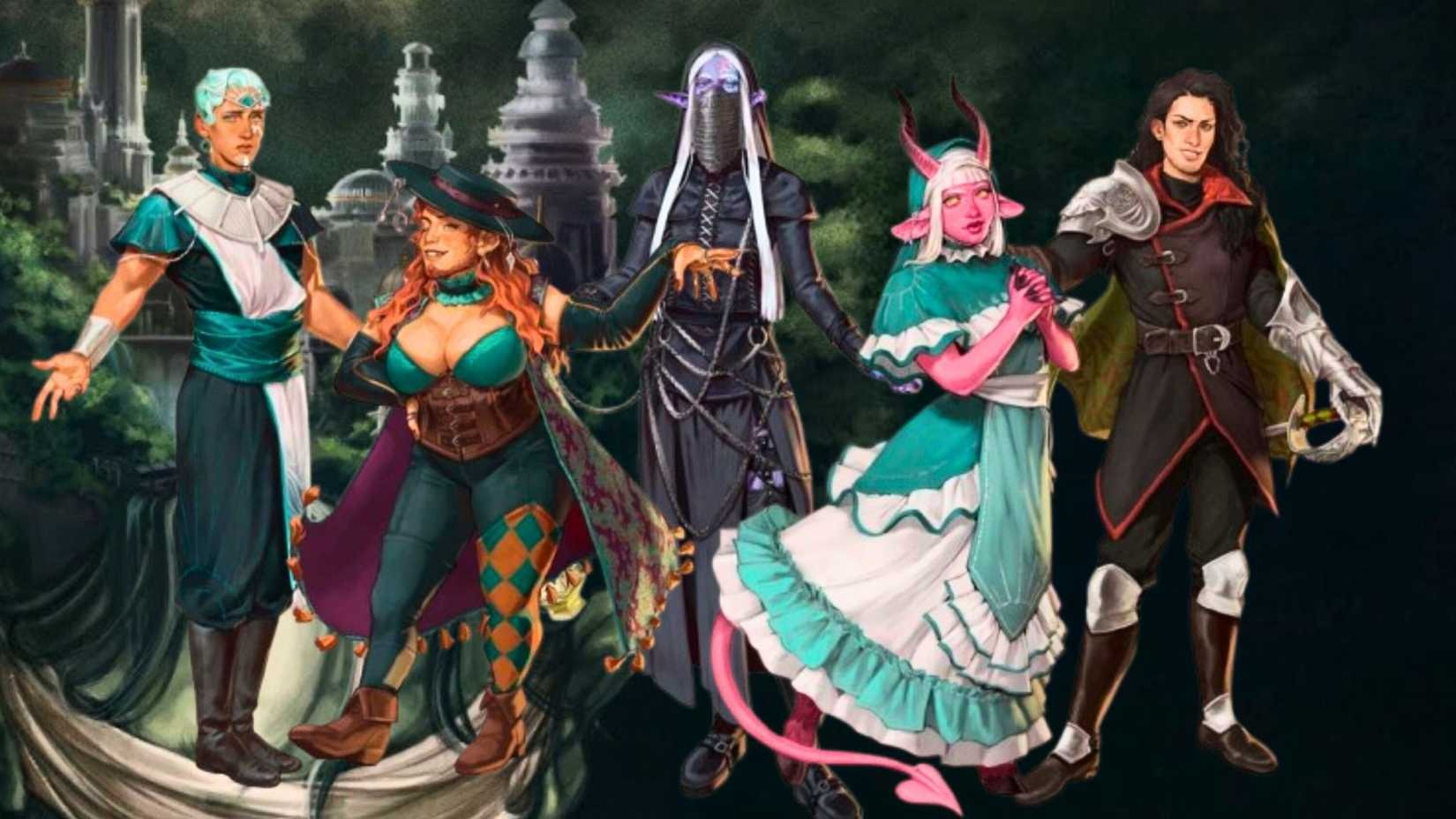 The Key McGuffin: The Stone of Nightsong
The Key McGuffin: The Stone of Nightsong